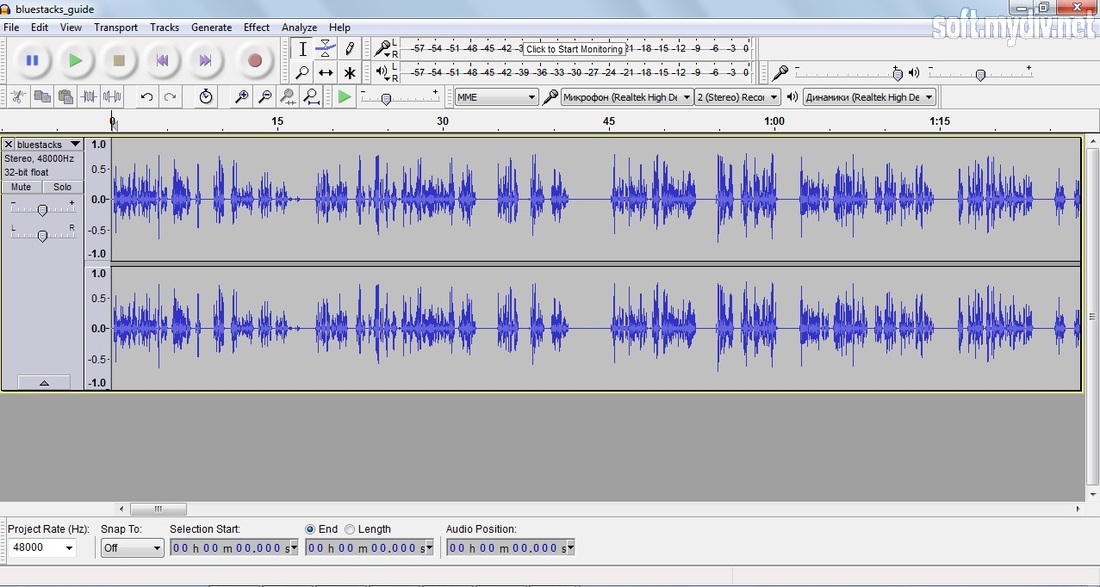
This is a judgement call… Classical music is usually very dynamic and most listeners want to hear those dynamics in the recording so usually little or no compression is used.

In practice it’s mostly used to make “everything loud” or “everything louder”.

They commonly use them in front of a guitar amp or on a snare drum.)ĭynamic compression (and limiting, which is a kind of fast-limiting) reduces the dynamic range by making the quiet parts louder and the loud parts quieter. (The SM57/58 is a fine microphone, and probably every pro studio has a few, and it’s one of the few dynamic mics you’ll find in pro studios. And, boosting the highs will boost any background hiss in the recording. So, you might want to try boosting the highs with the Graphic Equalizer, but don’t over-do it! The idea is for the recording to sound natural like the live guitar. In a recording studio, condenser mics are used for almost everything and they tend to be “brighter” (a little boosted in the high frequencies). In your other post you I believe said you’re using an SM57. You shouldn’t have to do much, especially if you have a good recording of a good instrument and a good performance, etc… I m not really sure what Im supposed to do after that…generally I normalize the track …at this point I was using some equalization how ever it sounds pretty good without it…I have been applying compression at this point but I don t know what Im doing with regard to that…at the end I apply a very small amount of reverb.

The hard part with acoustic guitar (or almost any solo acoustic instrument) is that it’s very dynamic (loud and quiet parts) and the quiet parts make it hard to get a good signal-to-noise ratio.


 0 kommentar(er)
0 kommentar(er)
